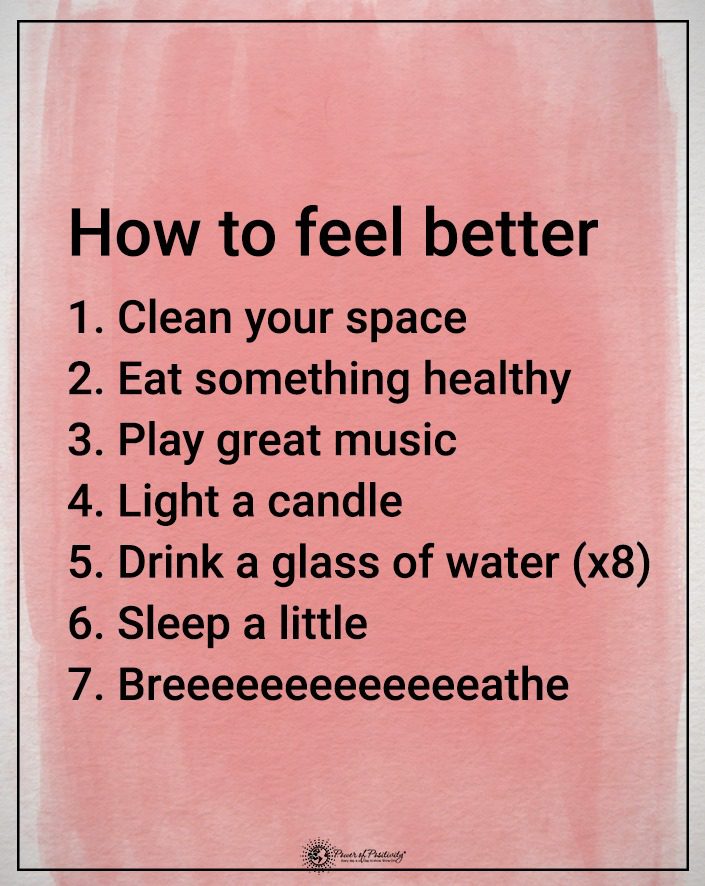Find out more about sugar substitutes that may be stopping you from losing weight.
In a recent press release, the World Health Organization (WHO) unveiled its latest non-sugar sweeteners (NSS) guidelines. They now recommend against sugar substitutes for weight control or to reduce the risk of noncommunicable diseases (NCDs).
This recommendation stems from a thorough analysis of available evidence. The data study indicates that the long-term use of NSS does not yield significant benefits for reducing body fat in adults and children.
Additionally, the review suggests that prolonged consumption of NSS could potentially lead to adverse effects. These harmful impacts include increased susceptibility to type 2 diabetes, cardiovascular diseases, and adult mortality.
Francesco Branca, the WHO Director for Nutrition and Food Safety, issued the following statement:
“Replacing free sugars with NSS does not contribute to long-term weight control. Individuals should explore alternative methods of reducing their intake of free sugars, such as consuming naturally occurring sugars found in fruits or opting for unsweetened food and beverages. NSS are non-essential dietary factors with no nutritional value, and people should strive to reduce overall sweetness in their diets from an early age to improve their overall health.”
This WHO recommendation applies to all individuals except those with pre-existing diabetes. It also encompasses all synthetic, naturally occurring, or modified non-nutritive sweeteners. These are not classified as sugars in processed foods and beverages. It also includes sweeteners sold individually for consumer addition.
The observed link between NSS and disease outcomes in the evidence may be affected by the baseline characteristics of study participants and their complex NSS use patterns. Because of this, the recommendation is conditional according to the way WHO develops guidelines.
Thus, policy decisions based on this recommendation may require substantial discussion within specific country contexts. WHO advises that health policymakers must consider factors like the extent of NSS consumption in different age groups.
The WHO’s guideline on NSS is part of a comprehensive set of existing and upcoming guidelines on healthy diets, aiming to establish lifelong healthy eating habits, enhance dietary quality, and reduce the global burden of NCDs.
What Are the Sugar Substitutes WHO Warns Against Consuming?
Common examples of NSS include the following: acesulfame K, aspartame, advantame, cyclamates, neotame, saccharin, sucralose, stevia, and stevia derivatives.
It’s worth noting that all of these passed regulatory guidelines and research, gaining approval for use in our foods. But that does not mean they are helpful for your body. Let’s take an up-close look at each of those non-sugar sweeteners.
Check your food labels for these sugar substitutes:
Acesulfame K
Acesulfame potassium, or acesulfame K, is a calorie-free sweetener approximately 200 times sweeter than sugar. It is heat-stable and appears in a variety of food and beverage products. The body does not metabolize Acesulfame K and passes through the system unchanged.
Aspartame
Aspartame is a low-calorie artificial sweetener commonly used as a sugar substitute. It comes from two amino acids, phenylalanine, and aspartic acid, and is approximately 200 times sweeter than sugar.
Aspartame is broken down into components during digestion and contributes a few calories. It has been extensively studied and approved for use by regulatory agencies. Still, it may pose risks to individuals with a rare genetic disorder, phenylketonuria (PKU), who cannot metabolize phenylalanine.
Advantame
Advantame is a non-caloric sweetener chemically similar to aspartame but much sweeter. It is used in various food and beverage products. Advantame metabolizes into its components in the body, and studies have shown it to have a low toxicity profile. However, as it is a relatively new sweetener, further research is ongoing to ensure its safety.
Cyclamates
Cyclamates are artificial sweeteners that were once widely used in the past. But today, several countries have banned them due to concerns about their potential carcinogenic effects. They often appear in combination with other sweeteners to enhance sweetness.
The National Cancer Center notes that while some early studies suggested a possible link to bladder cancer in rodents, more recent research and re-evaluations have provided mixed findings, and their safety remains a subject of debate. For that reason, cyclamates are not approved in the United States.
Neotame
Neotame is an artificial sweetener that’s chemically related to aspartame. It is approximately 7,000 to 13,000 times sweeter than sugar and has a similar taste profile. The body cannot metabolize neotame and excretes it unchanged.
Saccharin
Saccharin is an artificial sweetener that has been in use for over a century. It is approximately 300 to 500 times sweeter than sugar. While early studies linked saccharin to bladder cancer in rodents, subsequent research has not provided consistent evidence of its carcinogenicity in humans.
Sucralose
Sucralose is an artificial sweetener chemically modified from sugar. It is roughly 600 times sweeter than sugar. The body does not metabolize sucralose. Instead, the sugar substitute passes through without providing any nutrition or calories.
Stevia
Stevia is a natural, zero-calorie sweetener derived from the leaves of the Stevia rebaudiana plant. It is significantly sweeter than sugar. Its extreme sweetness comes from natural compounds called steviol glycosides. Stevia has been used for centuries. In the past decade, it has gained popularity as a sugar substitute.
Stevia Derivatives
Stevia derivatives are compounds derived from stevia that have undergone further processing and modification to enhance their sweetness or taste profile. Some common stevia derivatives include rebaudioside A (Reb A), stevioside, and steviol glycosides.
These derivatives are extracted from the stevia plant and undergo purification processes to isolate the sweet compounds. They are used as high-intensity sweeteners and are several hundred times sweeter than sugar.
Reb-A is one of the most widely used stevia derivatives, known for its clean, sugar-like taste. It has been extensively studied and approved as a food additive by regulatory authorities. Stevioside is another stevia derivative that is slightly less sweet than Reb A but still provides a significant sweetness. Steviol glycosides encompass a group of compounds found in stevia, including Reb A and stevioside.
These Sugar Substitutes Often Appear in Toothpaste and Body Care Products
It is essential to note that this guideline does not extend to personal care and hygiene products containing sugar substitutes, such as toothpaste, skin creams, and medications. Furthermore, this recommendation does not affect low-calorie sugars and sugar alcohols (polyols), which contain calories and are therefore not classified as NSS.
Natural Alternatives to Sugar Substitutes
So if WHO believes those sugar substitutes will sabotage your dieting efforts, what should you eat? You will need to find your favorite natural sweetener.
Natural sweeteners are not non-caloric. But they do not contain sugar substitutes’ chemicals (or controversy). So if you do wish to sweeten things up once in a while, you can try these. And if you look for organic products, you can be sure you’re skipping the preservatives and artificial ingredients.
Natural sugar substitutes:
Honey
Derived from bees, honey is a natural sweetener with numerous nutritional benefits. It contains trace amounts of vitamins and minerals, including vitamin C, calcium, and iron. Honey also possesses antioxidants and antimicrobial properties. Also, honey is known to soothe coughs and sore throats and may have wound-healing properties when applied topically.
Maple Syrup
Maple syrup is a popular natural sweetener. It contains small amounts of minerals like manganese and zinc. Maple syrup also contains antioxidants and has a lower glycemic index than refined sugars. That means it causes a slower rise in blood sugar levels. It adds a distinctive flavor to dishes and is excellent as a recipe topping or ingredient.
Coconut Sugar
Obtained from the sap of coconut palm trees, coconut sugar is a natural sweetener. It has a pleasing, caramel-like flavor. It contains small amounts of nutrients such as iron, zinc, and potassium.
Coconut sugar also contains inulin, a dietary fiber supporting digestive health. While it is still a form of sugar, and you must eat it in moderation, coconut sugar has a lower glycemic index when compared to refined sugar.
Date Sugar
Date sugar is a natural sweetener rich in fiber, vitamins, and minerals. It’s made from dried and ground dates. It retains the nutrients of whole dates, including potassium, magnesium, and iron. Date sugar has a distinct flavor. You can substitute it for brown sugar in baking and cooking. Due to its high fiber content, it has a lower impact on blood sugar levels compared to refined sugars.
Please note that these natural sweeteners offer some nutritional benefits but still contain calories. Thus, you must consume it in moderation as part of a balanced diet. Individuals with specific health conditions or certain dietary restrictions should consult a healthcare professional before incorporating these sweeteners into their diet.
Final Thoughts on WHO Warning Against Sugar Substitutes
In light of the World Health Organization’s (WHO) recent guidance on non-sugar sweeteners (NSS), it is crucial to reconsider our choices regarding sugar substitutes. The WHO’s recommendation against using NSS for weight control highlights the need for alternative approaches to achieve our health and weight loss goals.
While natural alternatives like honey, maple syrup, and other sweeteners derived from nature may seem appealing, it is essential to know that they are still sources of calories to enjoy in moderation. Incorporating these natural sweeteners can add flavor to our meals and satisfy our cravings while minimizing the overall intake of added sugars.
It is imperative to prioritize a balanced and diverse diet, including whole foods. Think of fruits and vegetables, which provide essential nutrients and naturally occurring sugars. These whole foods offer a range of health benefits and can contribute to weight management when consumed as part of a well-rounded diet.
Remember, achieving weight loss goals requires a comprehensive approach that includes regular physical activity, portion control, and mindful eating habits. Relying solely on sugar substitutes, whether natural or artificial, is not a guaranteed solution. Instead, it is crucial to cultivate a sustainable lifestyle that supports long-term health and well-being.
By embracing the WHO’s guidance and adopting healthier alternatives, we can progress toward our weight loss goals while enjoying the occasional indulgence in natural sweeteners. Let’s choose wisely, savor the flavors of natural alternatives in moderation, and embark on a journey of improved health and balanced nutrition.






















